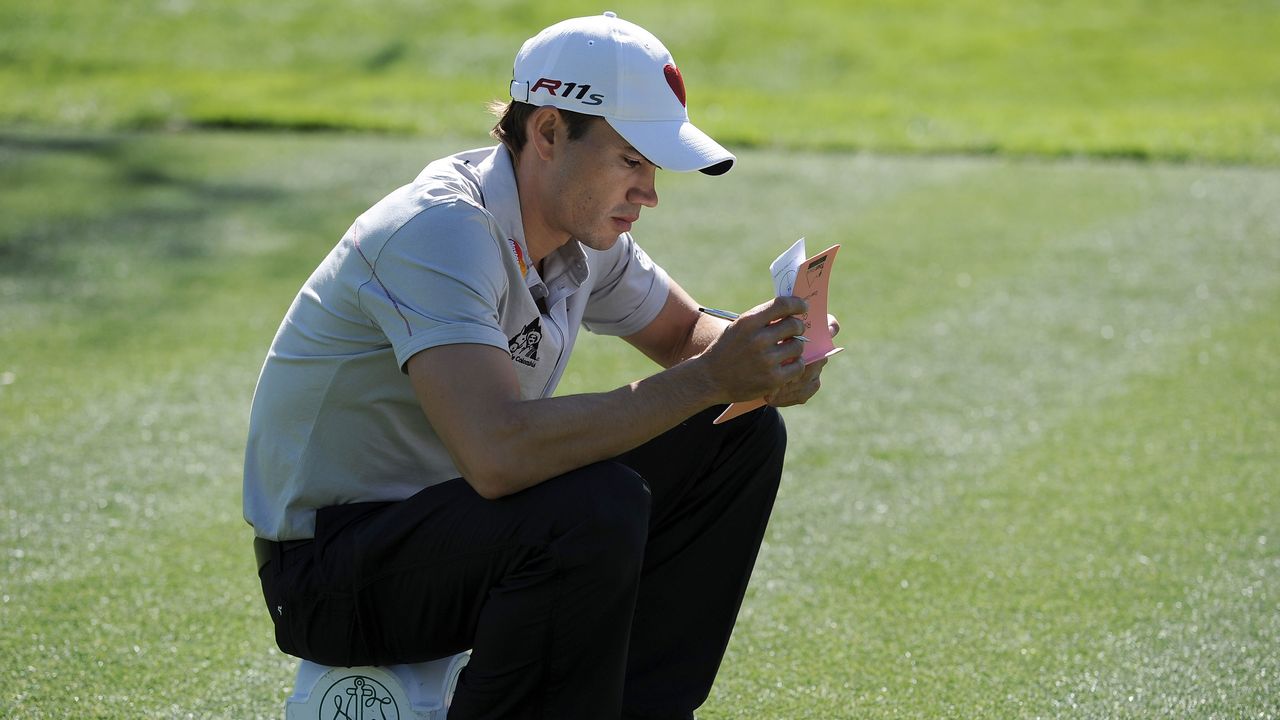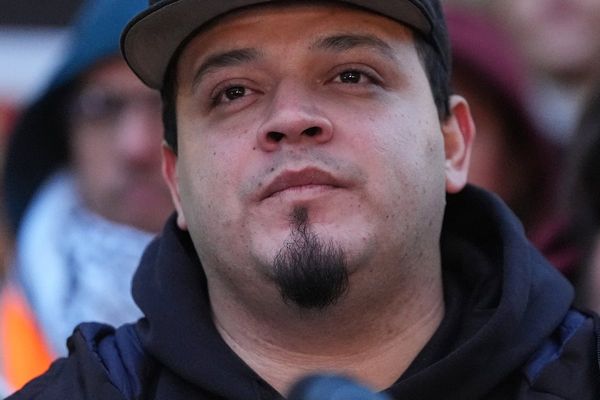
Every golf course is different with varying layouts, topography, climates and surrounds. Most scenarios you will encounter on the golf course are covered by the 24 Rules of Golf, but each course will also have a set of its own Local Rules and it’s important to be aware of these.
Local Rules cover features that are specific to the course or a particular competition. You will generally see them on the back of a scorecard, or on a competitors’ rules sheet, but they will likely also be published elsewhere, on club notice boards or perhaps the club website.
Local Rules define boundaries of the course and penalty areas. There might be Local Rules on abnormal ground conditions, immovable obstructions and integral objects. In competitions there might be Local Rules covering advice and equipment.
Local Rules are a modification of a Rule or an additional Rule that a committee can choose to adopt.
If a committee does choose to adopt a Local Rule, they can follow a Model Local Rule in doing so.
Section 8 of Committee Procedures in the Rules of Golf covers Model Local Rules. This section give committees guidelines and templates of how to put Local Rules into place.
Model Local Rules can be adopted in their entirety, or they can be used as an example of how to write a particular Local Rule.
But, if a committee does change the wording of a Model Local Rule, it must be sure the changes are consistent with the stated purpose of the Local Rule.
If a Local Rule is put in place that is not consistent with the guidelines in Section 8, rounds played with that Local Rule in place will not be considered to have been played according to the Rules of Golf.
Committees can’t use Local Rules to change The Rules of Golf just because they want a Rule to be different.
They also can’t apply penalties differently to the ways stated in the Rules of Golf.
Unless it’s otherwise stated, the penalty for breaching a Local Rule is the General Penalty.
Some Local Rules may be permanent, such as the definition of a road running through a course as an immovable obstruction.
Other Local Rules may be introduced because of a temporary situation. Perhaps most common of these would be Model Local Rule E3 – Preferred Lies.
When a course is wet for example, the committee might allow players to lift and place a ball in a relief area, which could be six inches, a score card or club length from the spot where the ball was originally sitting.
It’s recommended that the preferred lies Local Rule is only put in place in areas cut to fairway length or shorter. Otherwise, players could get unfair relief from unplayable spots (in a bush for instance.)
Temporary Local Rules should be removed when the situation no longer requires them.
To summarise, Model Local Rules provide a template or guideline for committees to establish Local Rules that can either be put in place permanently or temporarily.







